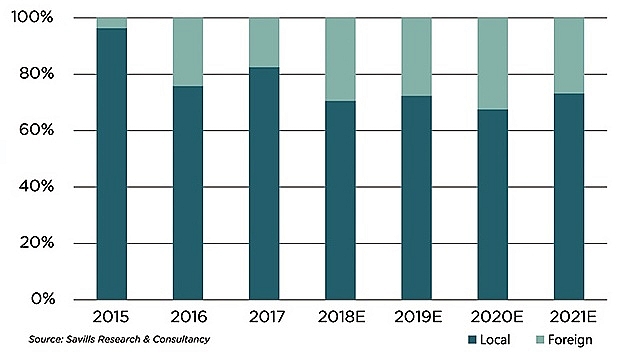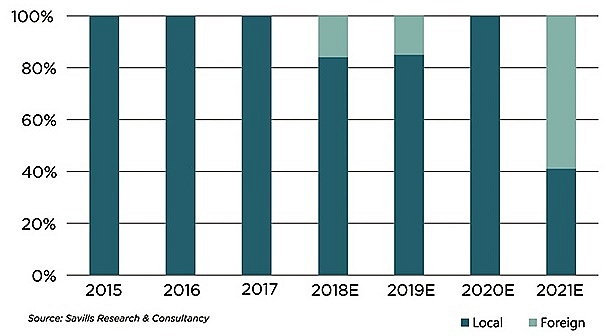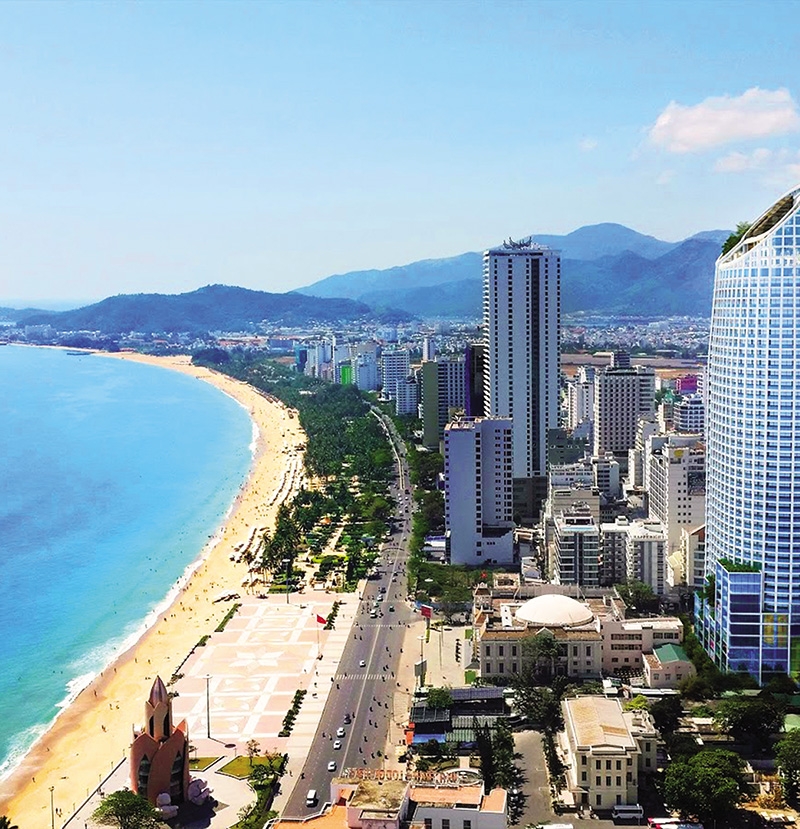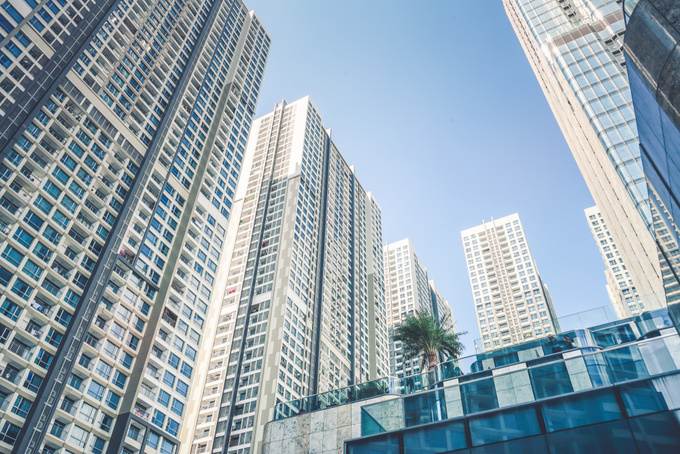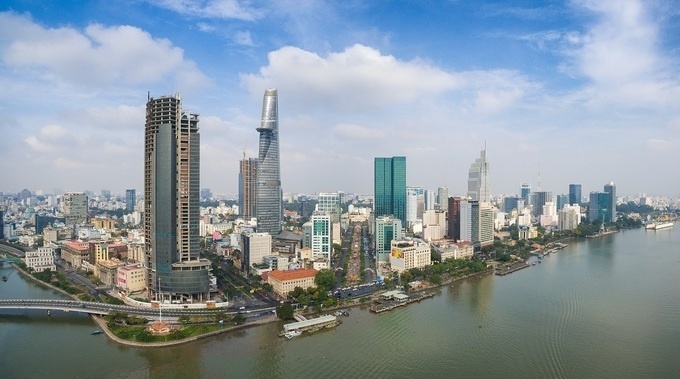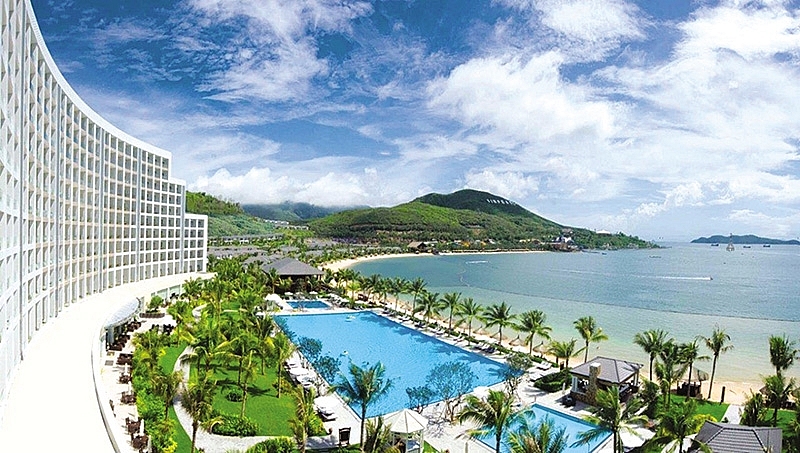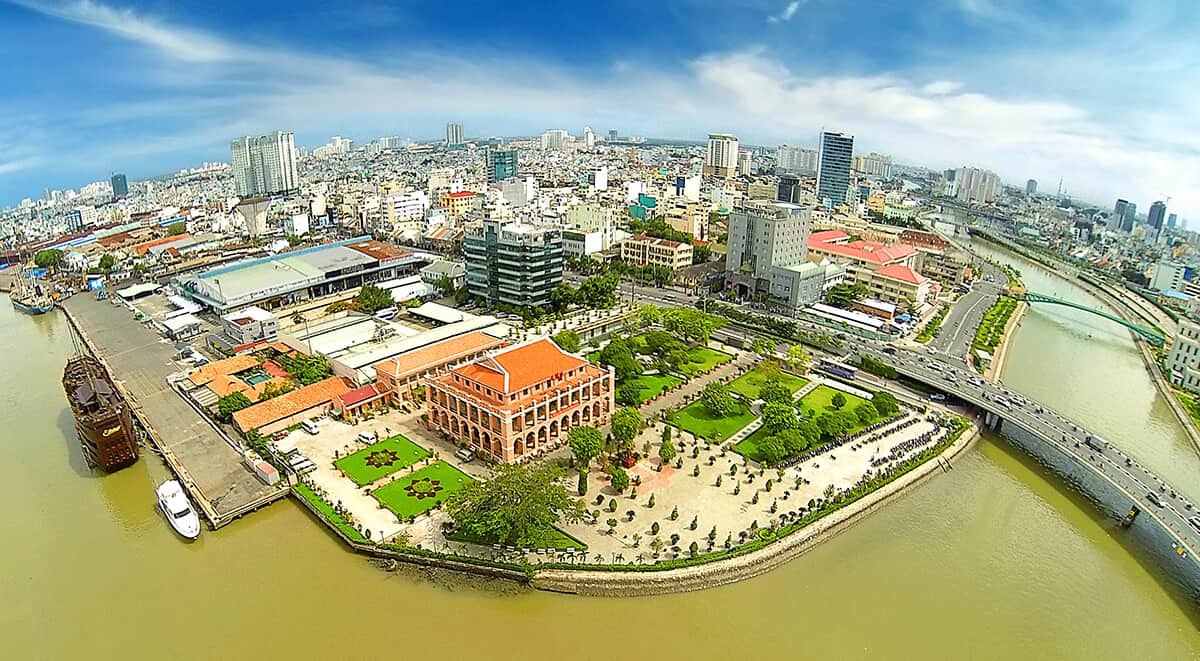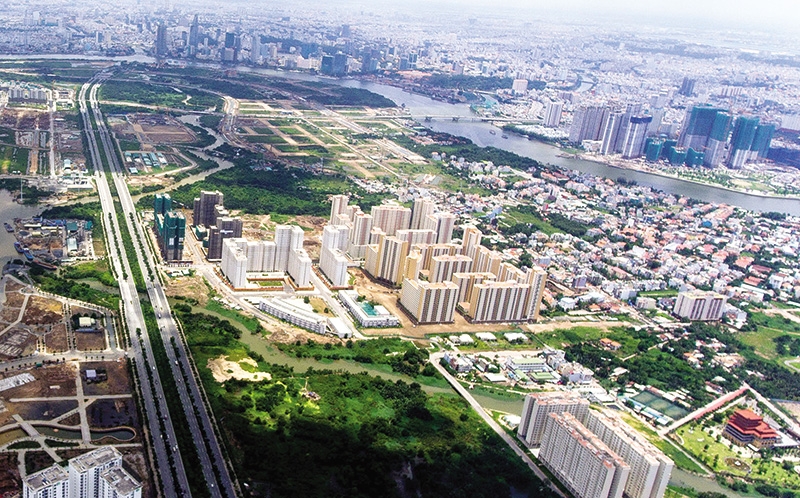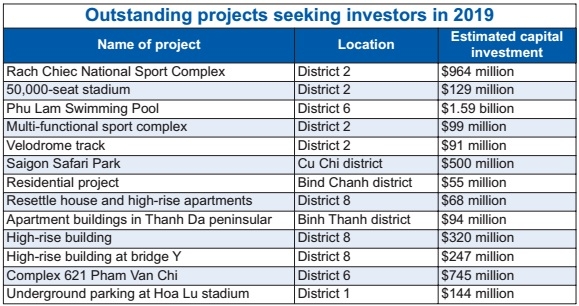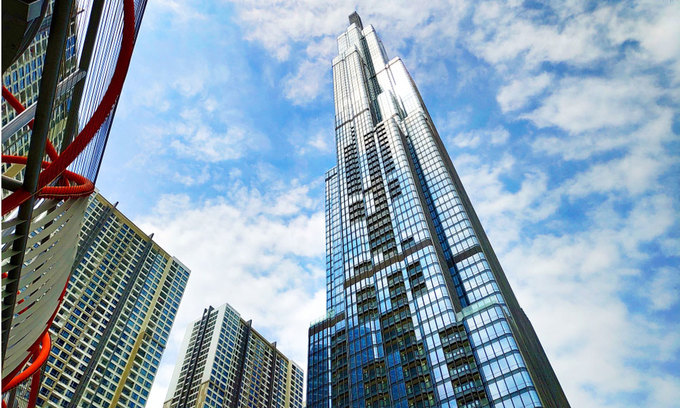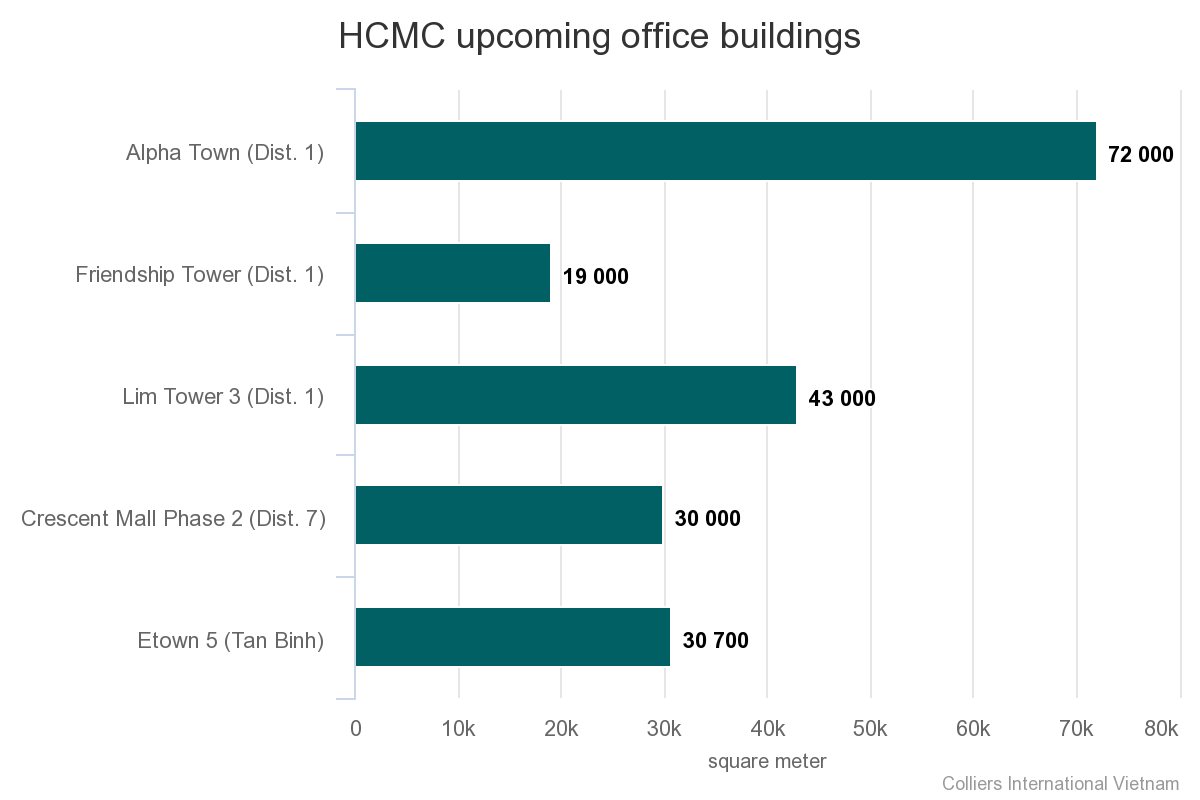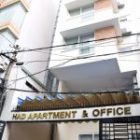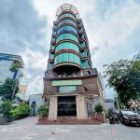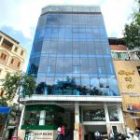Despite occupying a small proportion of the Vietnamese property market, the luxury residential segment is becoming more attractive to domestic and international buyers.
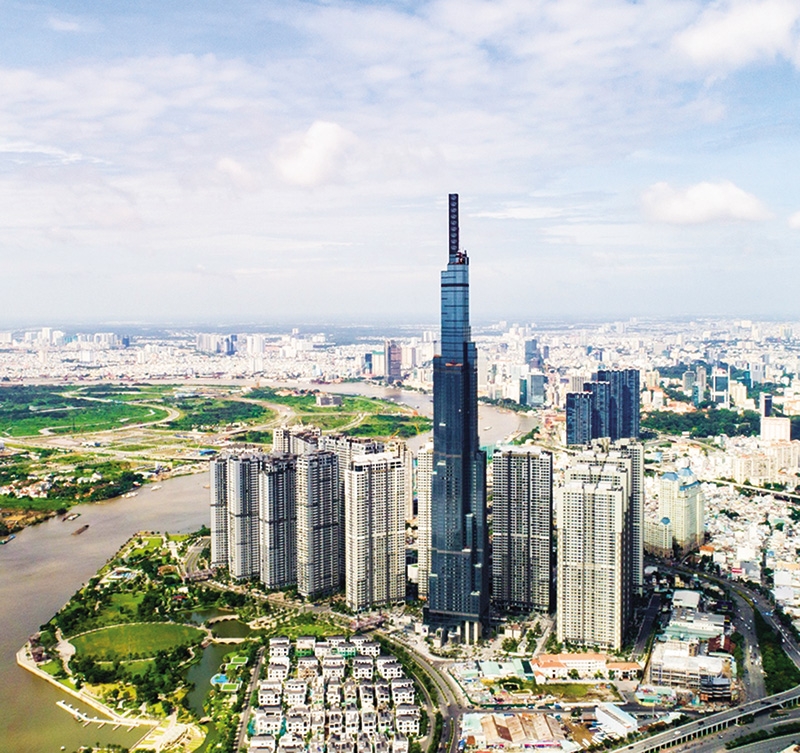
The biggest cities in Vietnam are now flush with multi-million dollar luxury apartments built with the latest high-end features
Luxury real estate in Vietnam is heating up, luring buyers in with so-called “sky mansions” at a fraction of what their cost would be in the likes of New York City or Hong Kong.
According to Bloomberg, Vietnam is experiencing a surge in luxury developments thanks to a booming economy and laws making it easier for foreign buyers to purchase property.
While still a developing country, the number of Vietnamese high-net-worth individuals (HNWI) has increased significantly over the last 10 years.
With a new supply of luxury high building properties being limited across the city, Bloomberg expects pricing in general to remain strong and units to be quickly absorbed for well-located projects.
According to List Sotheby’s International Realty in Singapore, currently one of the fastest-growing economies in the world, Vietnam’s growth has averaged more than 6 per cent annually over the past 20 years.
“The reality is that factories have also been relocating from southern China, helping GDP top seven per cent in 2018,” quoted a report from Sotheby’s.
“That hot economy is causing both foreign investors as well as local buyers to look into investing in the country’s real estate,” the report continued. “Investors see Vietnam in a place where Southern China was 10 to 15 years ago. While it may no longer be considered a sure bet considering home prices have been rising steadily over the past 18 months, many still feel that it has good value especially if one is able to hold the investment for a longer period.”
Sotheby’s took the example that prices for luxury condominiums in Ho Chi Minh City climbed 17 per cent in 2018 to an average of $5,518 per square metre, and is expected to climb nearly 10 per cent by early 2020 to $6,000 per sq.m.
Attractive for the wealthy
The amended housing law, which allows for foreign property ownership in Vietnam, has been facilitating cross-border demand for prime property from regional peer countries.
Thanks to this policy, since 2015 many higher-end projects have sold their quotas to foreigners with the majority of buyers coming from Taiwan, Hong Kong, and South Korea.
According to Matthew Powell, director of Savills Hanoi, international demand fuelled by the growth of high-net-worth individuals in Asian countries is expected to expand further.
“High total returns have drawn investors to Vietnam’s luxury residential market. As market returns increase with strong capital growth and healthy rental yield, more international developers and operators will enter the high-end segment in both Hanoi and Ho Chi Minh City,” said Powell.
These global players will bring along large capital flows and introduce new concepts of prime property to the Vietnamese residential market.
Branded residences for example, are an emerging model of luxury lifestyle products recently brought to Vietnam by international hotel groups. Brand association with a well-known hotel brand provides the development with benefits from the same qualities of that brand by association and design, thus offering an edge over non-branded luxury projects, Powell added.
Moreover, new luxury concepts are pushing high-end products higher but there remains a long way to go for Vietnamese prime property to reach international standards of luxury. The large gap between the average price of luxury products in Hanoi and Ho Chi Minh City and other peer cities also implies room for further upgrades.
Richard Peiser, professor of real estate development from Harvard School of Design, said that luxury residences in Vietnam are attractive both for profit and for places to stay when people visit.
“I believe Vietnam will become increasingly attractive to foreign investors as long as the country continues its above-average growth in GDP and maintains its welcoming approach to outsiders, especially those from the US. The more buildings that are marketed, the greater the interest as more people hear about the opportunity,” said Peiser.
Damian Sung, associate director of Asian Bankers Club told VIR that many investors from Hong Kong have been paying attention to Vietnamese properties.
“Based on stable economic growth and political status, Asia Bankers Club has been looking into Vietnam for quite some time now, but what really awakened interest was when the country loosened the rules on foreign real estate ownership,” Sung said.
The demand has not only come from overseas buyers, but from the wealthy Vietnamese community also.
Many Vietnamese have become richer through real estate trading, with some middle-class families now owning properties valued at more than $1 million.
Hotspots for premium projects
In Hanoi, many luxury and premium projects are located in the city centre and around West Lake, which offers the greenest living space in the whole city.
The Manor and Keangnam Landmark Tower in Hanoi are favoured by South Korean buyers, while Ecopark, Ciputra, Sunshine City, Eldorado, and Pacific Place are very popular among those of other nationalities.
Starlake City, a multimillion-dollar residential project invested in by Korea Daewoo featuring a community of luxurious villas and landed homes featuring a lake, international schools, and office towers, sold out in a matter of days.
Meanwhile in Ho Chi Minh City, Phu My Hung New Urban Area remains a popular destination for its advantages of being very well planned and boasting good infrastructure.
Some high-rise projects in Phu My Hung are now reserved especially for the South Korean and Japanese communities. Phu My Hung has a population of 30,000 people, of whom 40 per cent are foreigners, including buyers and leasers.
Some other outstanding projects include Vinhomes Golden River and Vinhomes Central Park, both invested by Vingroup, The Nassim by Hongkong Land, and Keppel Land’s Estella Heights.
Luxury real estate developers are upping their game with projects like Serenity Sky Villas, featuring penthouses asking for over VND60 billion ($2.6 million), with private elevators, designer lighting, furnishings, and each with its own swimming pool on the balcony.
Nearby, the premium tower of the Feliz en Vista residences – a 34-floor mix of garden villas, penthouse duplexes, and sky mansions – boasts 5-star facilities such as a VIP lounge, cigar bar, saltwater swimming pools, hot spring jacuzzis, outdoor movie theatres, and a treetop adventure walking bridge.
In addition to the major cities of Hanoi and Ho Chi Minh City, luxury real estate activity is rising in the coastal cities of Danang and Nha Trang, beach towns like Ho Tram, and on the island of Phu Quoc.
(source: vir)

